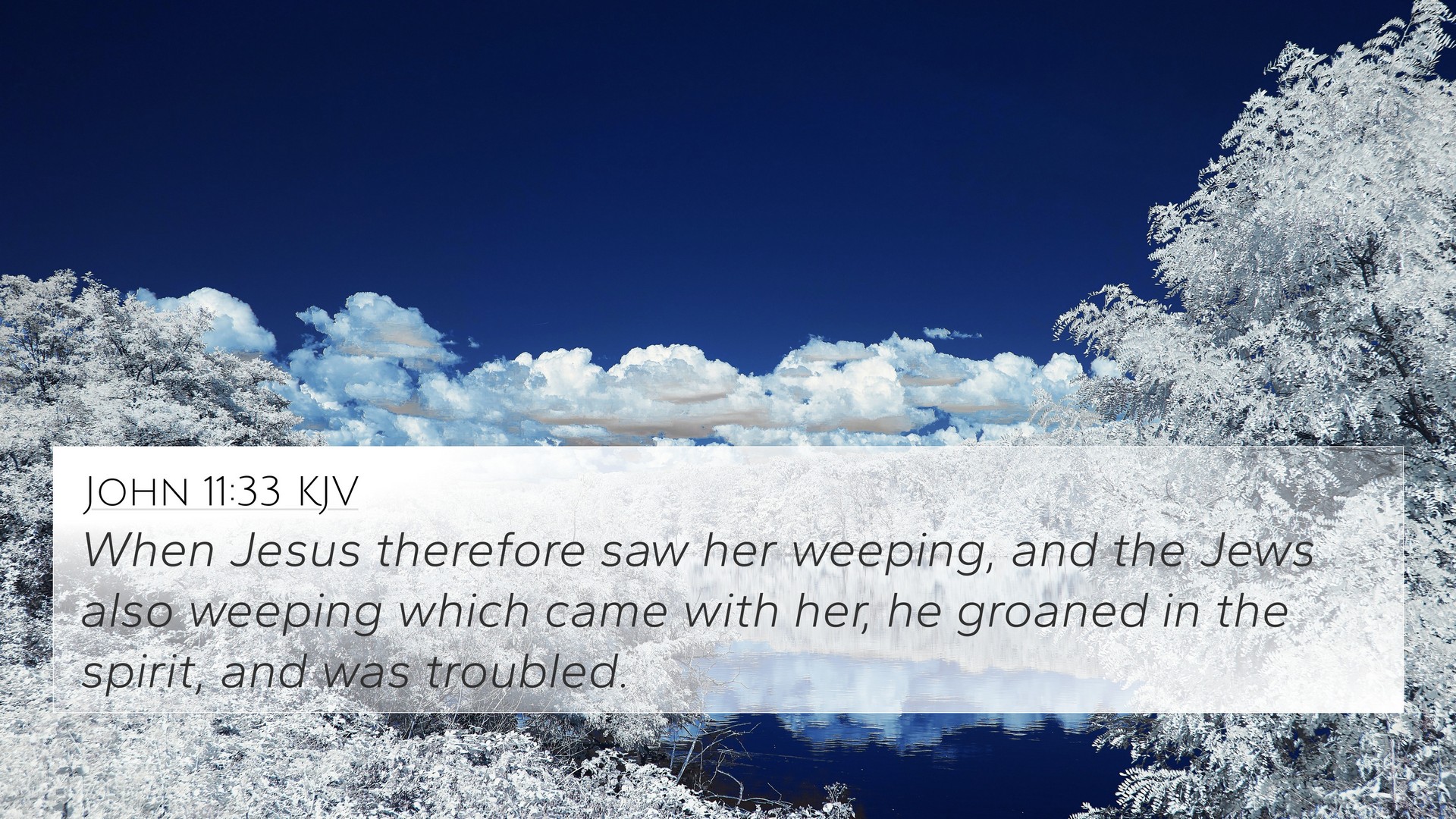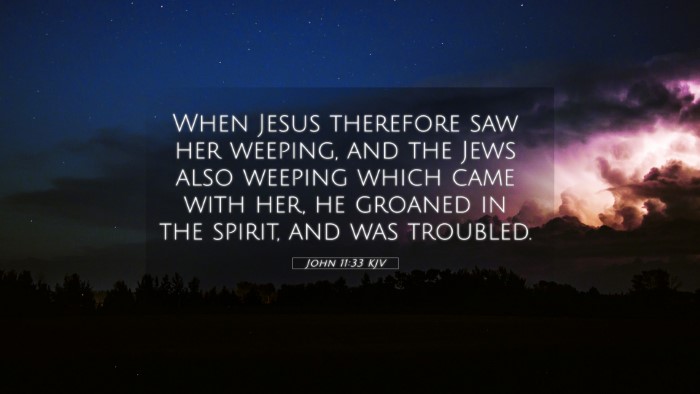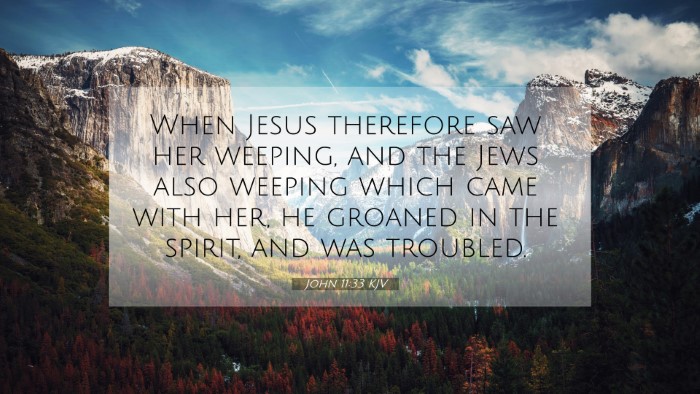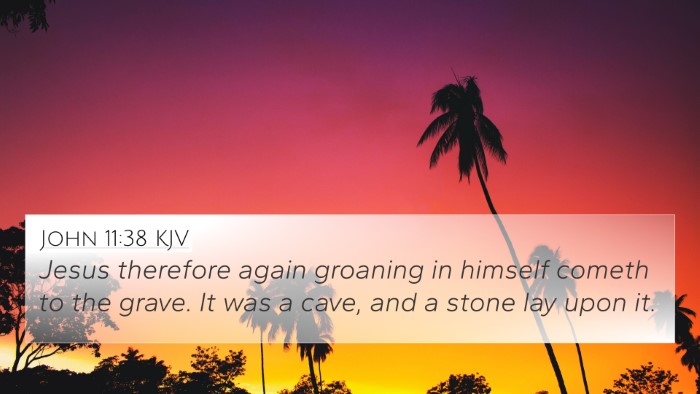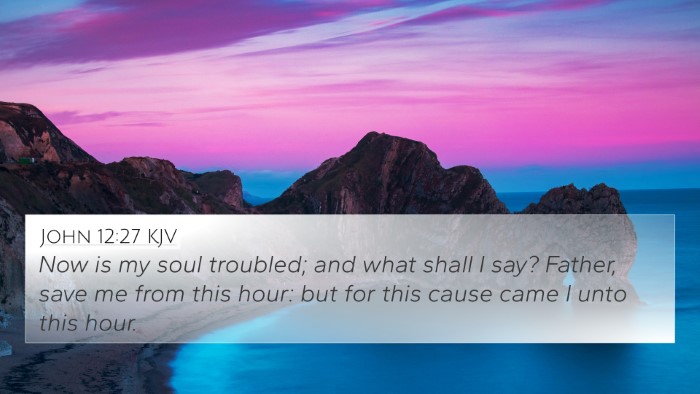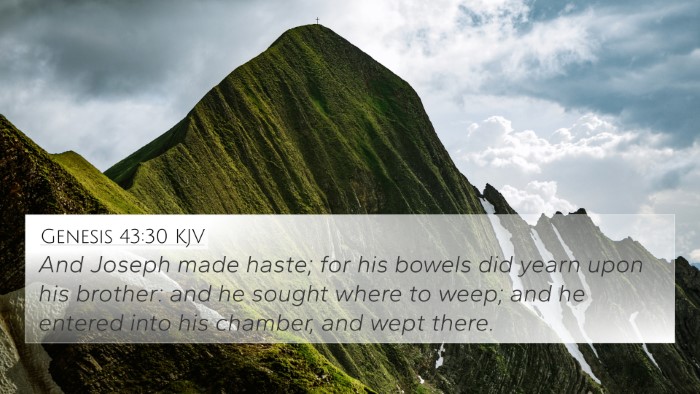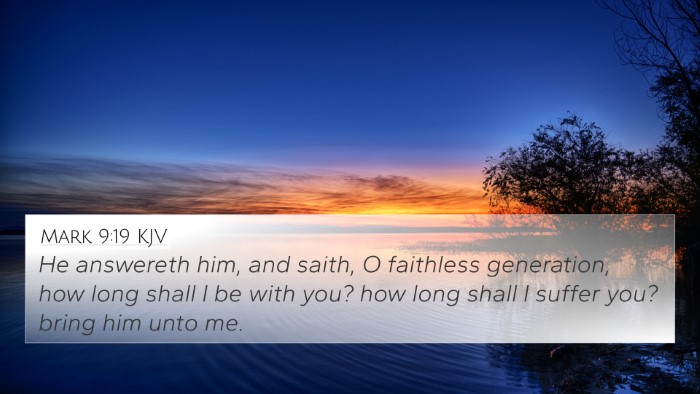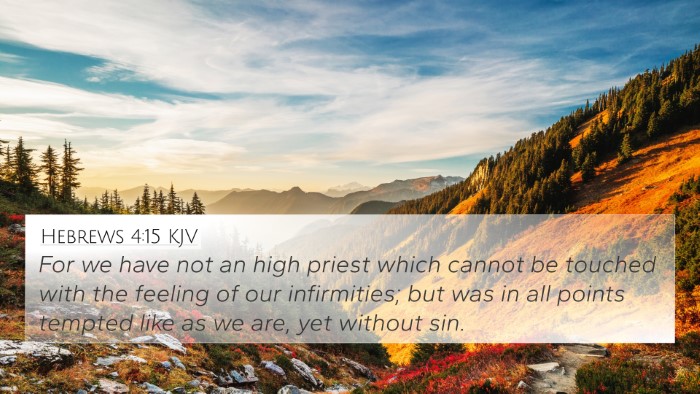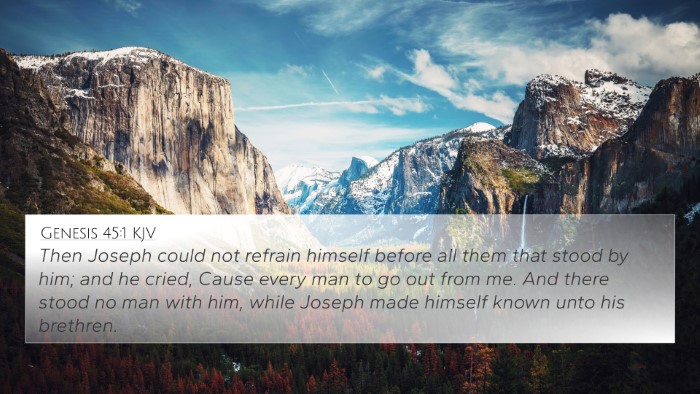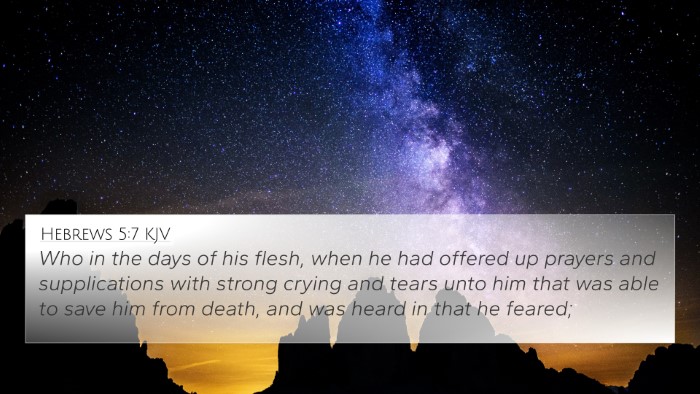Understanding John 11:33
John 11:33 (KJV): "When Jesus therefore saw her weeping, and the Jews also weeping which came with her, he groaned in the spirit, and was troubled."
Summary of Meaning
This verse captures a deeply emotional moment in the account of Lazarus' death and resurrection. When Jesus sees Mary weeping, alongside the mourners, it stirs profound feelings within Him. The term "groaned" indicates a deep, visceral reaction, expressing both compassion and internal turbulence. Jesus, fully divine yet fully human, displays His empathy for human sorrow, highlighting His connection to our suffering.
Insights from Public Domain Commentaries
-
Matthew Henry:
Henry emphasizes the humanity of Christ, noting that His reactions reveal the depth of His compassion. He states that this groaning signifies not only sorrow for Lazarus but also a detestation of death and the ensuing grief it causes among people. The emotive aspects of this moment affirm Jesus' role as our sympathetic High Priest.
-
Albert Barnes:
Barnes points out that Jesus’ groaning can be seen as an indication of His awareness of the consequences of sin, which led to death. This moment illustrates both the pain of death and the hope of resurrection, which Jesus is about to demonstrate. His emotional response is thus a mixture of compassion for the mourners and the anticipation of performing a miraculous act that will defy death.
-
Adam Clarke:
Clarke expands the interpretation by discussing the Greek word translated as "troubled." He suggests that Jesus was not only emotionally affected but also possibly frustrated by the people's lack of understanding regarding His purpose. Clarke highlights how this moment underscores the dual nature of Christ, experiencing human emotions while simultaneously holding divine power to overturn death.
Bible Verse Cross-References
John 11:33 can be connected to several biblical passages that reinforce the themes of grief, compassion, and resurrection. Here are some key connections:
- Luke 19:41: "And when he was come near, he beheld the city, and wept over it." - The emotional display of Jesus as He weeps over Jerusalem parallels His empathy in this verse.
- Romans 12:15: "Rejoice with them that do rejoice, and weep with them that weep." - This verse echoes the call to share in the emotional burdens of others, just as Jesus does.
- John 11:35: "Jesus wept." - The subsequent verse directly highlights Jesus’ tears, reinforcing His compassion.
- Hebrews 4:15: "For we have not a high priest which cannot be touched with the feeling of our infirmities..." - This underscores Jesus' relatable nature and ability to empathize with human suffering.
- Matthew 5:4: "Blessed are they that mourn: for they shall be comforted." - This beatitude relates the concept of mourning to the comfort that Jesus brings.
- 1 Thessalonians 4:13: "But I would not have you to be ignorant, brethren, concerning them which are asleep, that ye sorrow not, even as others which have no hope." - Provides a contrast between hope in resurrection and the sorrow experienced by those without such hope.
- John 14:1-3: "Let not your heart be troubled..." - Offers assurance to the disciples, paralleling the comfort found in Jesus' actions in this context.
Thematic Connections
In studying John 11:33, we can identify several themes that emerge with corresponding scripture connections:
- Compassion and Empathy: The emotional depth seen in Jesus has profound implications for understanding His character as one who feels our pain (Psalm 34:18).
- Death and Resurrection: The context of Lazarus' death leads into significant discussions about eternal life and resurrection (John 11:25-26).
- Hope in Mourning: Mourning is a recurring theme throughout scripture, addressed in passages like 2 Corinthians 1:3-4, which speaks of God as the source of all comfort.
Conclusion
John 11:33 presents a powerful moment where Jesus connects with human suffering in a profound way. Through the lens of public commentaries, we find that this moment displays His compassion, challenges our understanding of death, and ultimately leads to the hope of resurrection. By cross-referencing with other Bible verses, we can deepen our understanding of this passage and identify the thematic connections within Scripture, realizing the rich and intricate tapestry that is the Word of God.
